Japanese yen. Photo: AFP/TTXVN
“Some customers asked to pay by credit card and said they didn’t have cash. I told them to go to a convenience store and withdraw money from an ATM,” Mr Ueki told Al Jazeera.
Despite the global trend toward cashless payments, Mr. Ueki has no plans to change anytime soon. “It’s not necessary because we’re comfortable with what we have,” he said. Mr. Ueki’s views are shared by many other Japanese.
Japan's Ministry of Economy , Trade and Industry said in 2022 that cashless payments have doubled in Japan over the past decade to 36%. However, this still lags behind South Korea and Singapore where most transactions are cashless.
Japan’s continued preference for cash is an example of the East Asian nation’s slowness to embrace digital. Japan remains a world leader in high-tech. But the world’s third-largest economy is in many ways stuck in the past.
Many Japanese government services are still not accessible online and rely on paper applications or visits to local government offices. Fax machines are still commonly used in offices instead of email, and stamps are still preferred to electronic signatures.
Many offices in Japan still use fax machines. Photo: Getty Image
The Japan Electronics Agency, the government agency in charge of digital transformation, estimates that 1,900 intergovernmental processes still rely on outdated storage technologies such as CDs and floppy disks. During the COVID-19 pandemic, the Japanese press reported an incident in which an official in Yamaguchi Prefecture sent floppy disks containing citizens’ information to a local bank to distribute relief money. However, a mistake occurred, causing one citizen to receive 46.3 million yen ($331,000).
According to the new Global Digital Competitiveness Ranking released by the International Institute for Management Development (Switzerland), Japan ranked 29th out of 63 economies.
Japan's reliance on aging systems stems in part from its success in achieving world-class capabilities using old technology, says economist Martin Schulz at IT services company Fujitsu.
“When you train systems to work like machines, replacing them with an electronic system that is just as efficient but requires huge conversion costs without significant additional benefits is a very different calculation,” said Mr. Schulz, who is also an adviser to the Japanese government.
Ryuichi Ueki at a cash-only noodle shop in Tokyo. Photo: Al Jazeera
The Japanese government has long recognized the need to address the country’s digital backwardness. The Ministry of Economy, Trade and Industry warned in a 2018 report that the country could face a “digital cliff” as companies fail to update their electronic systems, costing them 12 trillion yen a year by 2025.
Japanese Prime Minister Fumio Kishida has pledged to accelerate Japan’s digital transformation, including spending 5.7 trillion yen to upgrade digital infrastructure in some areas facing labor shortages due to an aging population. Meanwhile, Japan’s Digital Minister Taro Kono has declared “war” on floppy disks and quipped about his fax machine while living in an “advanced society.”
The COVID-19 pandemic is a wake-up call for Japan. Mr. Schulz commented that while other countries are moving deeper into the digital era and through the COVID-19 pandemic are finding new ways to do business, Japan is discovering that it is only “laying the foundation” for the digital era.
Japan’s aging population also shows that digital transformation can be an uphill battle. After decades of low birth rates, the Japanese government predicts a shortage of 450,000 workers in the information and communications technology sector by 2030.
Source link


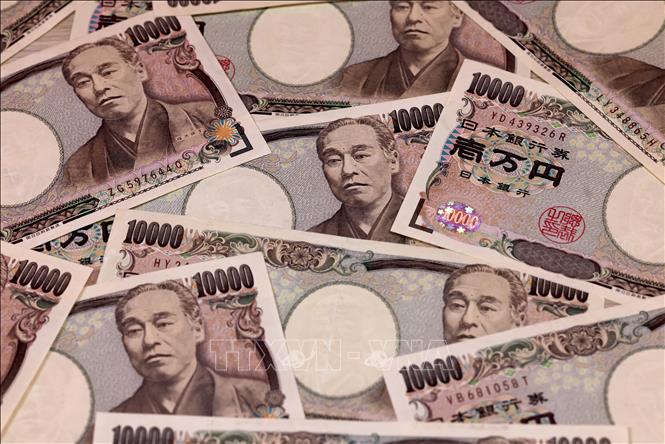
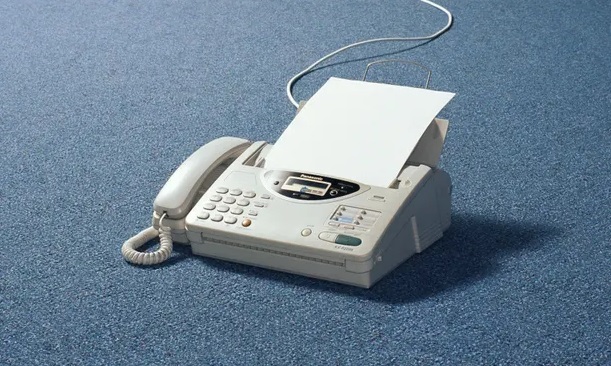




























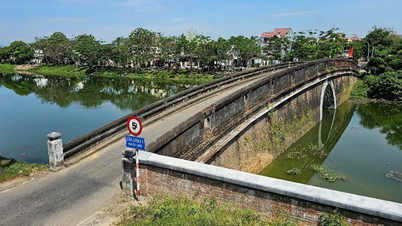



























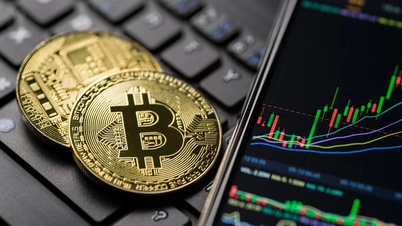





















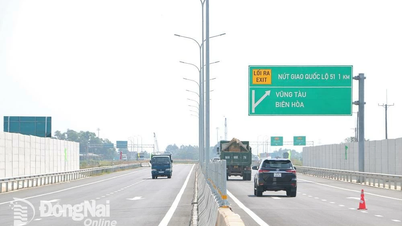








![[OCOP REVIEW] Bay Quyen sticky rice cake: A hometown specialty that has reached new heights thanks to its brand reputation](https://vphoto.vietnam.vn/thumb/402x226/vietnam/resource/IMAGE/2025/7/3/1a7e35c028bf46199ee1ec6b3ba0069e)










Comment (0)